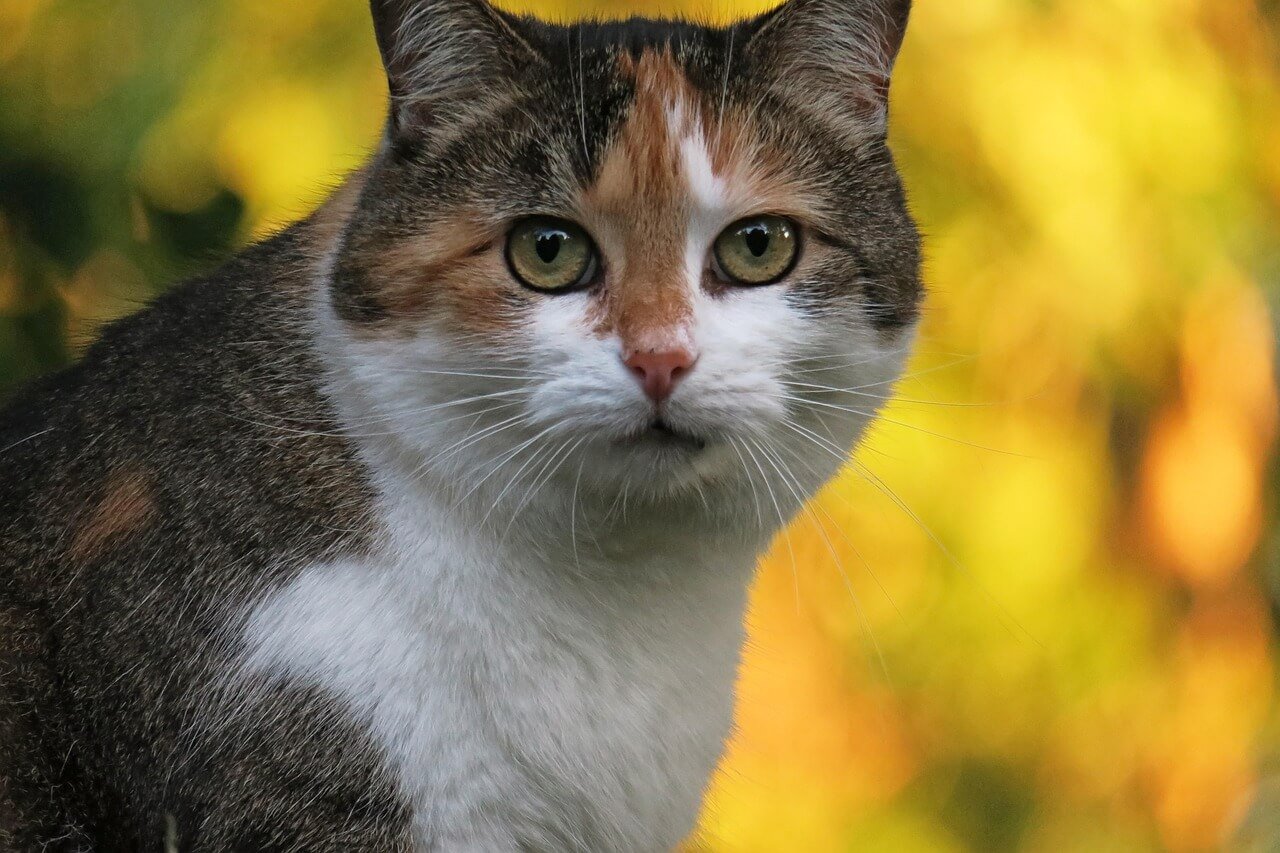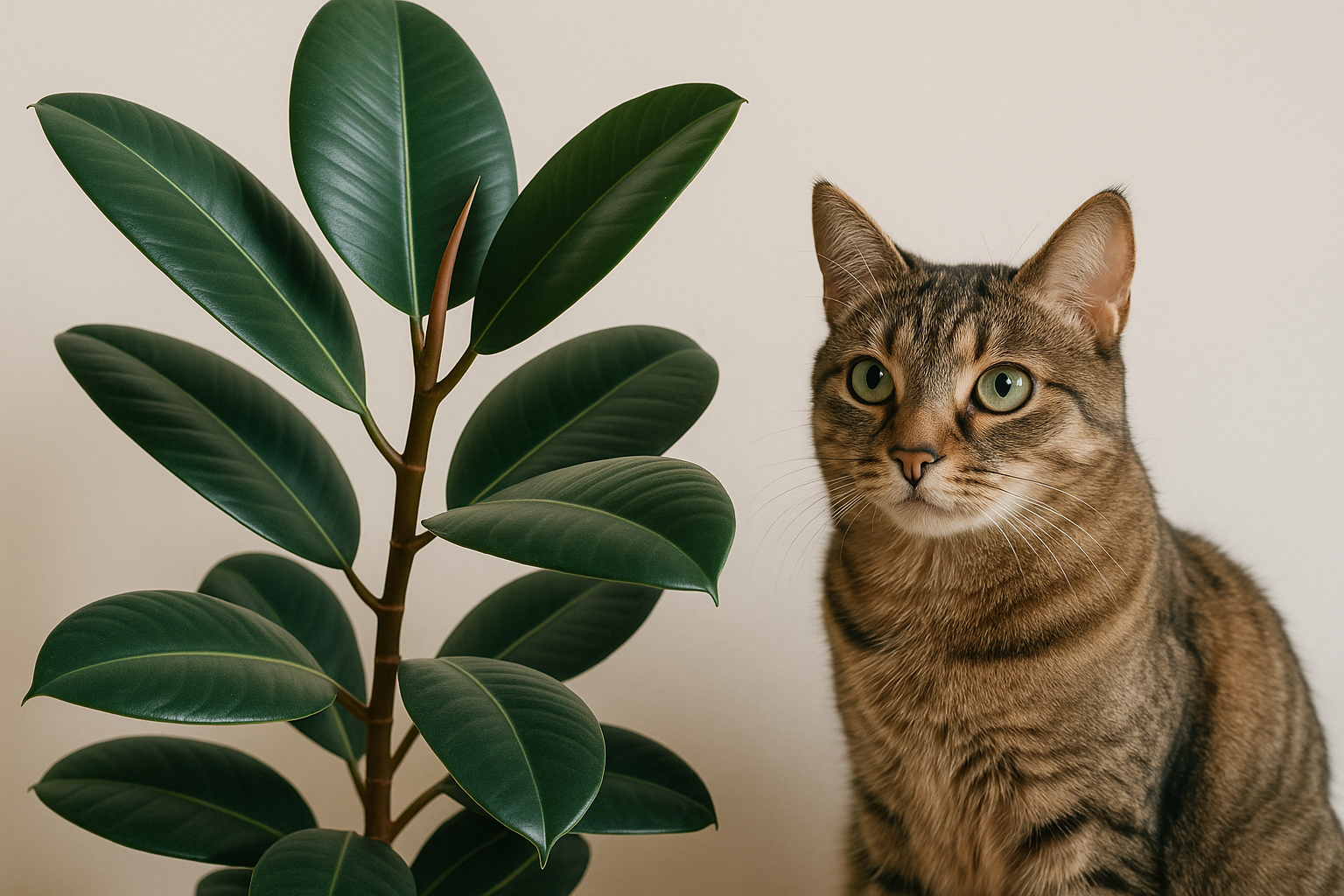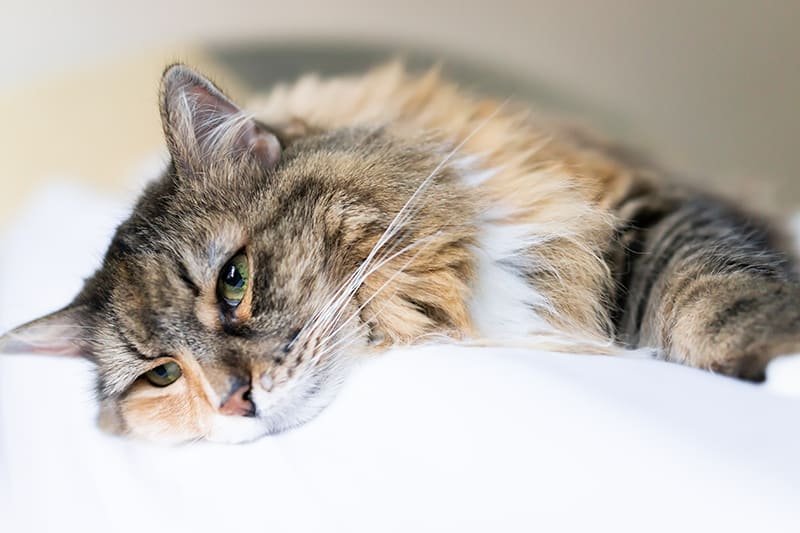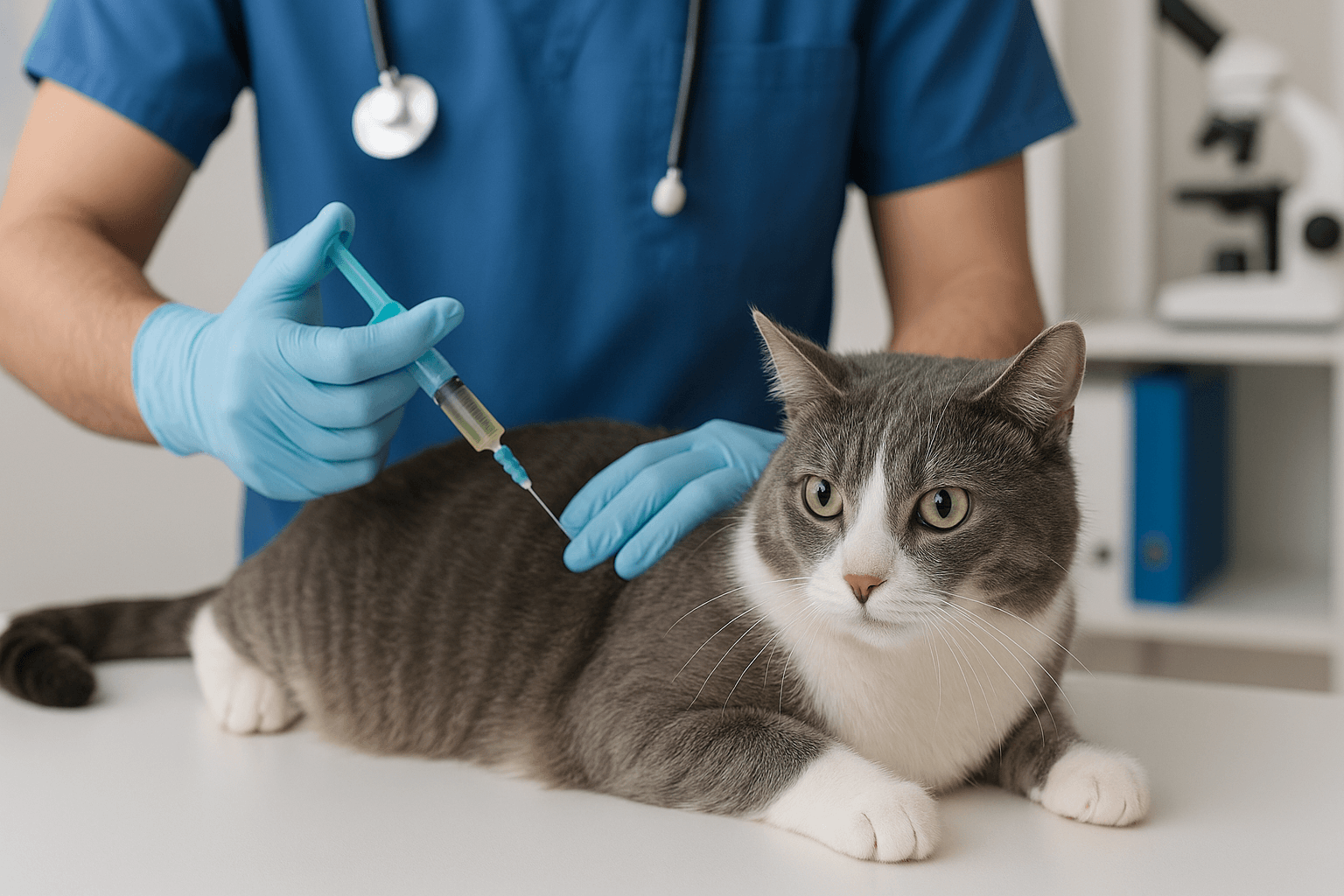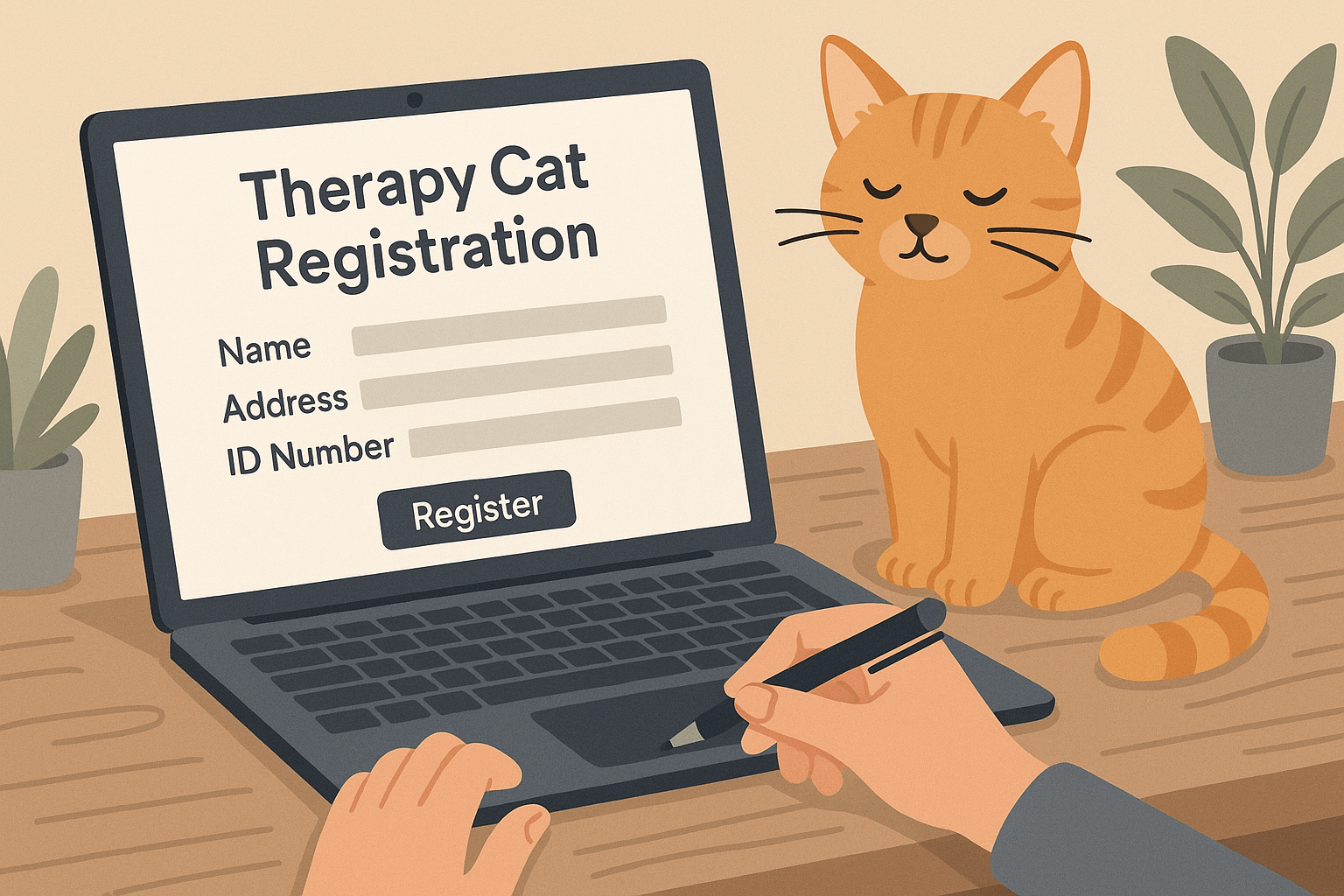Cat Litter Pine Pellets: The Eco-Friendly Choice for Your Feline Friend
When it comes to choosing the right cat litter, pet owners are often faced with a variety of options. Among these, pine pellets have gained popularity as an eco-friendly and effective alternative to traditional clay-based litters. Made from natural wood fibers, pine pellets offer numerous benefits for both cats and their humans. From superior odor control to sustainability, these pellets are worth considering if you’re looking to make a switch. In this article, we’ll explore everything you need to know about cat litter pine pellets, including their advantages, how to use them, and tips for making the transition seamless.
Why Choose Pine Pellets? Top Advantages for Your Cat and Home
Pine pellets stand out as a practical and environmentally conscious choice for cat litter. Their unique properties make them a favorite among eco-minded pet owners while ensuring comfort and cleanliness for your feline companion. Here are some key benefits of using pine pellet cat litter:
Natural and Biodegradable :
Made from renewable wood sources, pine pellets break down naturally, reducing environmental impact.Superior Odor Control :
The natural scent of pine helps neutralize unpleasant odors, keeping your home fresh.Low Dust Formula :
Unlike clay litters, pine pellets produce minimal dust, making them ideal for cats and humans with respiratory sensitivities.High Absorbency :
Pine pellets absorb moisture quickly, forming clumps that are easy to scoop and dispose of.Cost-Effective :
Despite their premium feel, pine pellets are often more affordable in the long run due to their efficiency.
With these advantages, pine pellets provide a win-win solution for your cat’s hygiene needs and your household’s sustainability goals. It’s no wonder they’ve become a go-to option for many pet owners.
Getting Started: A Step-by-Step Guide to Using Pine Pellets
Transitioning to pine pellet cat litter is simple, but understanding the proper usage ensures optimal performance and satisfaction. Follow these tips to make the most of this eco-friendly litter:
Start with a Clean Litter Box :
Empty and wash the litter box thoroughly before introducing pine pellets to prevent mixing with old litter.Layer Evenly :
Spread a 1–2 inch layer of pine pellets across the bottom of the litter box for effective absorption.Break Down Clumps Regularly :
As pine pellets absorb moisture, they break down into sawdust-like material; remove clumps daily to maintain freshness.Top Off Weekly :
Add a small amount of fresh pellets each week to keep the litter box adequately filled.Dispose Responsibly :
Used pine pellets can be composted or disposed of in the trash, depending on local regulations.
By following these steps, you’ll ensure a smooth experience with pine pellet cat litter. With proper maintenance, your cat will enjoy a clean and comfortable bathroom environment.
Check this guide 👉Types of Cat Litter: Best 7 Expert Tips!
Check this guide 👉How Often Should I Change Cat Litter? Best 7 Expert Tips!
Check this guide 👉Is Cat Litter Toxic? Best 7 Expert Tips!
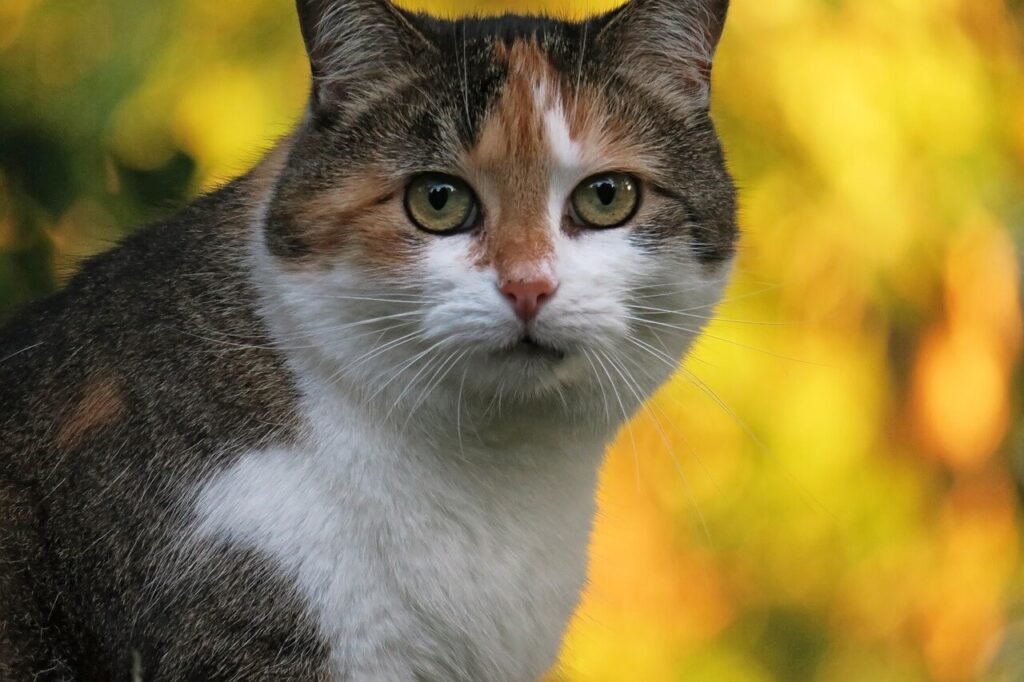
Advantages of Pine Pellets | Tips for Best Results |
|---|---|
Natural and biodegradable materials | Start with a clean litter box |
Superior odor control | Layer pellets evenly for maximum absorption |
Low dust formula | Remove clumps daily for hygiene |
High absorbency | Top off weekly to maintain depth |
Cost-effective over time | Dispose responsibly (compost or trash) |
Making the Switch: Tips for Introducing Pine Pellet Litter
Switching your cat to a new type of litter requires patience and care. Cats can be sensitive to changes in texture, scent, or routine, so easing them into pine pellets is essential. Here are some strategies to help your cat adjust smoothly:
Gradual Transition :
Mix pine pellets with your current litter, gradually increasing the proportion of pellets over a week or two.Maintain Familiarity :
Keep the litter box in its usual location to avoid adding stress during the transition.Encourage Exploration :
Place treats or toys near the litter box to create positive associations with the new litter.Observe Behavior :
Watch for signs of discomfort or resistance, such as avoiding the litter box, and address issues promptly.Stay Consistent :
Once fully switched, stick with pine pellets to avoid confusing your cat with frequent changes.
With patience and consistency, most cats adapt well to pine pellet litter. Remember, every cat is different, so tailor the process to suit their personality and preferences.
How Pine Pellets Stack Up Against Other Options
Choosing the right cat litter involves weighing the pros and cons of various materials. Pine pellets stand out in several areas, but how do they compare to other popular choices? Here’s a breakdown of their differences:
Clay Litter :
Clay litters are widely available but often non-biodegradable and dusty compared to eco-friendly pine pellets.Silica Gel Crystals :
While highly absorbent, silica gel crystals lack the natural scent and biodegradability of pine pellets.Corn-Based Litters :
Corn litters are also biodegradable but may attract pests if not stored properly, unlike pine pellets.Paper Litters :
Paper litters are low-dust but less absorbent than pine pellets, requiring more frequent changes.Wheat Litters :
Wheat litters are plant-based but can be pricier and heavier than lightweight pine pellets.
Each litter type has its strengths, but pine pellets excel in balancing sustainability, affordability, and performance. Consider your priorities when deciding which option suits your household best.
Eco-Friendly Choices: How Pine Pellets Benefit the Planet
Switching to pine pellet cat litter isn’t just a win for your home—it’s also a step toward reducing your environmental footprint. Made from sustainable materials, pine pellets offer several ecological advantages over conventional litters. Here’s how they contribute to a greener planet:
Renewable Resource :
Pine pellets are crafted from responsibly sourced wood, ensuring minimal impact on forests.Biodegradable Waste :
Unlike clay litters that sit in landfills for years, pine pellets decompose naturally after disposal.Reduced Carbon Footprint :
The production process for pine pellets requires less energy compared to mining and processing clay.No Harmful Chemicals :
Pine pellets are free from synthetic additives or fragrances, making them safer for ecosystems.Compostable Option :
Used litter can often be composted (for non-cat-waste portions), reducing household waste.
By choosing pine pellets, you’re not only caring for your cat but also supporting sustainable practices that benefit the environment. Every small step counts toward a healthier planet.
Clearing Up Doubts: Answers to Your Pine Pellet Questions
While pine pellet cat litter has many benefits, some pet owners may have reservations about making the switch. Addressing these concerns can help ease the transition and ensure confidence in your decision. Here’s what you need to know:
Dust Levels :
Pine pellets produce significantly less dust than clay litters, making them ideal for sensitive cats and humans.Scent Strength :
The natural pine aroma is mild and pleasant, avoiding overpowering artificial fragrances found in other litters.Clumping Ability :
While pine pellets don’t clump like clay, they break down into sawdust-like material that’s easy to scoop and manage.Weight and Handling :
Lighter than clay or silica crystals, pine pellets are easier to carry and pour into the litter box.Compatibility with Litter Boxes :
Pine pellets work well with most standard litter boxes, though automatic systems may require adjustments.
Understanding these factors helps dispel myths and highlights why pine pellets are a practical and reliable choice. With proper care, they deliver excellent performance without compromising convenience.
Keep It Fresh: Best Practices for Storing Pine Pellets
Proper storage ensures your pine pellet cat litter remains fresh and effective for as long as possible. Since pine is a natural material, it’s important to protect it from moisture and pests. Follow these tips to maintain its quality:
Use an Airtight Container :
Store pine pellets in a sealed bin to prevent exposure to humidity and odors.Choose a Cool, Dry Location :
Keep the container in a pantry, closet, or garage where temperatures remain stable.Avoid Direct Sunlight :
Excessive heat can cause the pellets to dry out or lose their natural scent over time.Check for Pests Regularly :
Inspect the storage area periodically to ensure no insects or rodents have accessed the pellets.Label the Container Clearly :
If storing multiple pet supplies, label the container to avoid confusion with food or other items.
By following these storage tips, you’ll preserve the integrity of your pine pellet litter and extend its usability. Proper care ensures your cat always has access to clean, fresh litter.
Frequently Asked Questions About Pine Pellet Cat Litter
Are pine pellets safe for my cat?
Yes, pine pellets are made from natural, non-toxic materials and are safe for most cats.
Can I flush used pine pellets?
It depends on local plumbing regulations; composting is often a better option.
Do pine pellets track less than clay litter?
Yes, pine pellets generally produce less tracking due to their larger size and lower dust levels.
How often should I change pine pellet litter completely?
A full change is typically needed every 2–4 weeks, depending on usage and cleaning habits.
Will my cat like pine pellets?
Most cats adapt well, especially if introduced gradually and paired with positive reinforcement.
Final Thoughts: Embrace the Benefits of Pine Pellet Cat Litter
Cat litter pine pellets offer a sustainable, efficient, and cost-effective solution for managing your cat’s hygiene needs. With their natural composition, superior odor control, and ease of use, they provide a practical alternative to traditional litters. By transitioning thoughtfully and maintaining proper care, you can ensure both your cat and your household thrive with this eco-friendly choice. Whether you’re motivated by environmental concerns, health considerations, or convenience, pine pellets are a smart investment in your pet’s well-being and your peace of mind. Give them a try—you might just discover your new favorite litter!
Is the Rubber Tree Cat Safe? Best 7 Expert Tips! Discover expert advice on keeping rubber plants safely in cat-friendly homes and learn top tips for pet-safe plant care.
Low Red Blood Cell Count in Cats: Best 7 Expert Tips! Discover causes, symptoms, and treatment options for feline anemia. Learn how to support your cat’s health effectively with expert advice.
Understanding Megacolon Treatment: Best 7 Expert Tips! Discover effective strategies to manage feline megacolon, from dietary changes to surgical options, ensuring your cat’s comfort and long-term health.
How to Register a Therapy Cat: Best 7 Expert Tips! Discover essential steps to certify your cat as a therapy animal, prepare them for training, and make a meaningful impact in therapeutic settings.

